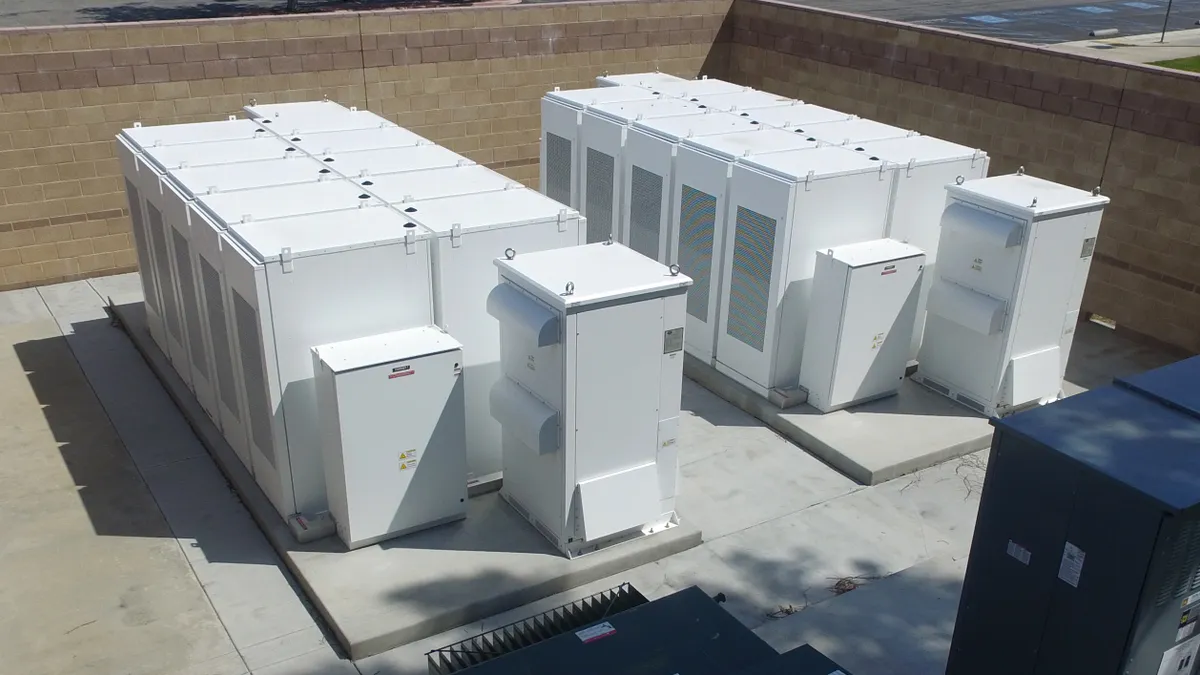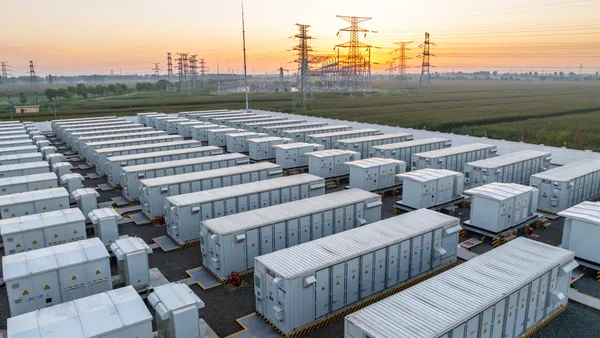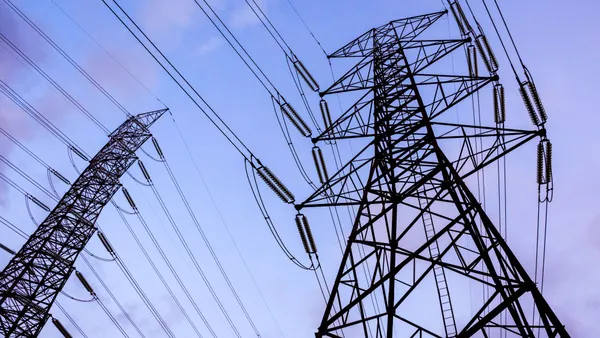Dive Brief:
- ISO New England said yesterday it has submitted proposed rule revisions to federal regulators that would allow batteries and other energy storage technologies to more fully participate in wholesale energy markets, including the real-time energy market.
- In February, the Federal Energy Regulatory Commission (FERC) approved Order 841, directing grid operators to develop rules for energy storage participation in the wholesale energy, capacity and ancillary services markets. There is a Dec. 3 deadline, and ISO New England expects to make additional filings before then.
- Analysts say Order 841 "opens the floodgates" for storage participation in wholesale markets, and could allow the energy storage market to grow to 50,000 MW if battery costs continue to decline and states adopt complimentary policies.
Dive Insight:
Full integration of energy storage into wholesale markets will help the resource reach its potential, but grid operators are still in the process of working out how batteries will participate. FERC's rule requires a storage resource to supply all the "capacity, energy, and ancillary services" it can, be dispatchable and set market clearing prices as both a buyer and a seller.
It represents a major shift, driven by storage's ability to operate as both load and supply.
PJM Interconnection issued a straw proposal for its compliance efforts, under which storage resources would be able to bid into PJM's real time or day ahead energy markets at prices that would determine whether or not they are dispatched. The proposal would allow energy storage resources to bid in three different modes: charge, discharge and continuous.
ISO New England said its own rule revisions would allow storage to be dispatched in the real-time energy market "in a manner that more fully recognizes their ability to transition continuously and rapidly between a charging state and a discharging state and provide a means for their simultaneous participation in the energy, reserves, and regulation markets."
The grid operator said the changes, filed jointly earlier this month with the New England Power Pool, included a request for FERC to respond by Dec. 10 so they could become effective on April 1, 2019.
New England is also working with market participants to prepare them for the changes. The grid operator developed an Energy Storage Device Project Customer Readiness Page to inform market players of the "actions they'll need to take over the next few months and changes to existing systems or procedures related to this project."















